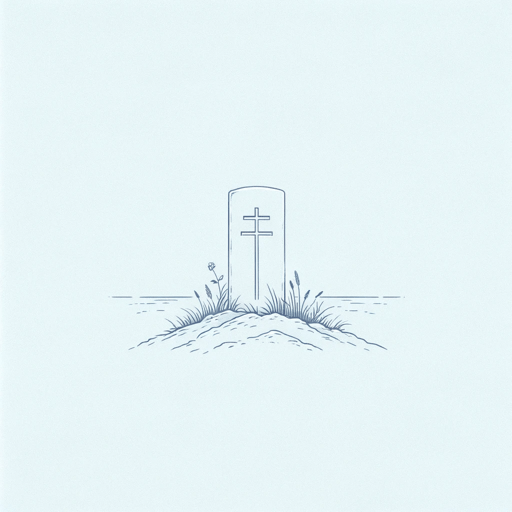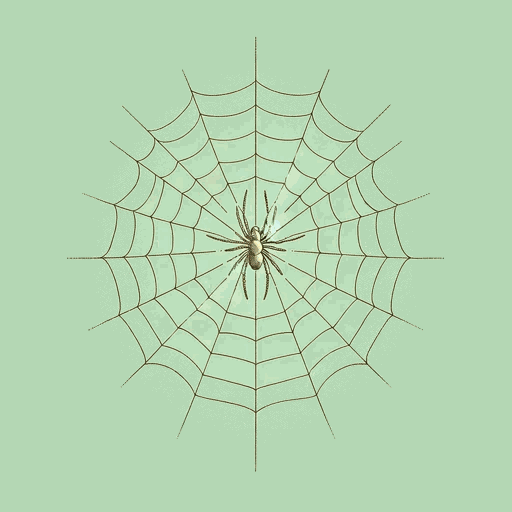18 pages • 36 minutes read
Walt WhitmanA Noiseless Patient Spider
Fiction | Poem | Adult | Published in 1868A modern alternative to SparkNotes and CliffsNotes, SuperSummary offers high-quality Study Guides with detailed chapter summaries and analysis of major themes, characters, and more.
Literary Devices
Form
The form is prototypical Whitman—that is, entirely like Whitman and entirely unlike any other poetry of his era. At first read, there is a stabilizing form: two five-line stanzas (called quintains), each stanza actually a single sentence, separated by function—the first centered on the spider, the other an explication of that image. The lines themselves, however, defy expectations. They develop their argument according to the argument itself. In the opening stanza, about the spider and its web, the tidy lines match the relatively narrow range of the image. In the second stanza, when the poem celebrates the reach of the soul into the cosmos itself, the lines explode, reflecting that feverish energy. The lines are longer, sinewy, and tensile like the “ductile anchor” (Line 9), the rich webbing the soul sends out.
Thus, the poem is not so much free verse—that suggests chaos and carelessness—but rather organic verse. In truth, Whitman’s unconventional message of the immanence of eternity and the essential connectivity of all elements of the cosmos could hardly be contained, much less expressed, in traditional, conventional poetic forms. Even as the noiseless, patient spider sends reels and reels of filament out in the universe, busting through the apparent smallness of its frame and the insignificance of its actions, the poet himself proclaims his own position in the cosmos, the reward of his constant restless questioning and his refusal to accept the status quo in poetic form that reflects that empowerment.
Related Titles
By Walt Whitman

A Glimpse
Walt Whitman

America
Walt Whitman

Are you the new person drawn toward me?
Walt Whitman

As I Walk These Broad Majestic Days
Walt Whitman

Crossing Brooklyn Ferry
Walt Whitman

For You O Democracy
Walt Whitman

Hours Continuing Long
Walt Whitman

I Hear America Singing
Walt Whitman

I Sing the Body Electric
Walt Whitman

I Sit and Look Out
Walt Whitman

Leaves of Grass
Walt Whitman

O Captain! My Captain!
Walt Whitman

Song of Myself
Walt Whitman

Vigil Strange I Kept on the Field One Night
Walt Whitman

When I Heard the Learn'd Astronomer
Walt Whitman

When Lilacs Last in the Dooryard Bloom'd
Walt Whitman

